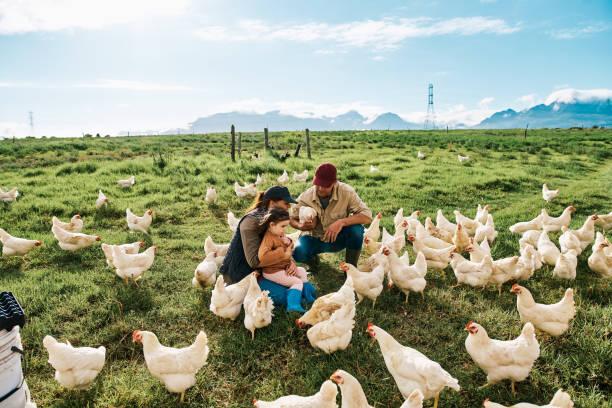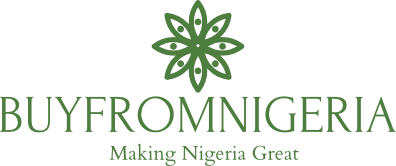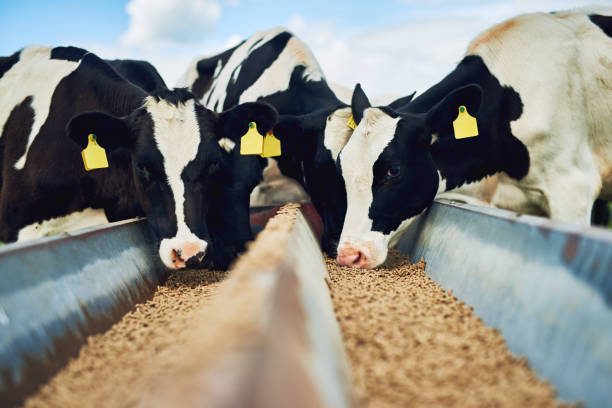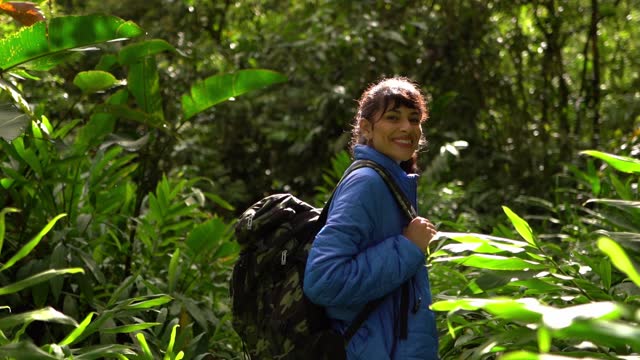Investing in agriculture can be a rewarding venture, but it’s crucial to choose the right farming opportunity. The decision between cattle farming and poultry farming is a pivotal one, as each comes with its own set of advantages and challenges. In this article, we’ll delve into the nuances of these two prominent agricultural ventures to help you make an informed investment choice.
Cattle Farming
Pros
Cattle farming presents a range of compelling advantages for prospective investors:
1. Potential for Long-term Profits
– Cattle are known for their longevity, which can translate into long-term profitability. With proper management and care, a single cow can produce calves for several years, providing a steady source of income.
2. Diverse Product Offerings
– Unlike some other types of farming, cattle farming offers a diverse array of products. Beyond meat, cattle provide valuable resources such as dairy products and leather, allowing for multiple revenue streams.
3. Less Intensive Day-to-Day Management
– Cattle farming generally requires less intensive daily attention compared to certain other livestock ventures. Once established, a well-maintained pasture and a structured feeding regimen can sustain a herd with relatively less hands-on involvement.
Cons
However, it’s important to acknowledge the challenges associated with cattle farming:
1. Higher Initial Investment and Operational Costs
– Setting up a cattle farm demands a significant initial investment. Expenses include land, infrastructure, and acquiring a herd. Additionally, ongoing operational costs for feed, veterinary care, and maintenance can be substantial.
2. Longer Gestation Period for Returns
– Unlike some agricultural ventures with quicker turnover, cattle farming requires patience. It can take several years before a cow is mature enough to produce calves, which means initial investments may not yield returns as swiftly.
3. Vulnerability to Market Fluctuations
– The profitability of cattle farming is subject to market fluctuations. Prices for beef and other cattle products can be influenced by factors such as consumer demand, global trade dynamics, and regional supply trends.
Poultry Farming

Pros
Poultry farming offers a range of advantages that make it an attractive investment option:
1. Faster Turnover and Quicker Returns on Investment
– Poultry have shorter gestation periods compared to larger livestock like cattle. This means you can expect a quicker turnover and start seeing returns on your investment in a relatively shorter time frame.
2. Lower Initial Investment and Operational Costs
– Starting a poultry farm typically requires less capital upfront compared to cattle farming. The infrastructure needed is less extensive, and the costs associated with feed, housing, and healthcare are generally lower.
3. Strong Demand for Poultry Products
– Poultry products, including chicken and eggs, are staples in many diets worldwide. The consistent demand for these products provides a stable market for poultry farmers.
Cons
However, there are also challenges to consider when it comes to poultry farming:
1. Intensive Management and Biosecurity Measures Required
– Poultry farming demands a higher level of daily management and attention to detail. Proper biosecurity measures are crucial to prevent the spread of diseases, which can have devastating effects on a flock.
2. Limited Product Variety Compared to Cattle Farming
– While poultry farming can be lucrative, it primarily focuses on two main products: meat and eggs. This limited product range may not offer the same level of diversity in revenue streams as cattle farming.
3. Sensitivity to Disease Outbreaks
– Poultry can be particularly susceptible to disease outbreaks. This risk necessitates stringent biosecurity measures and regular health monitoring to safeguard the flock.
Financial Considerations
When it comes to making an investment in either cattle farming or poultry farming, understanding the financial aspects is crucial. Let’s break down the key considerations for each:
A. Initial Capital Investment
1. Cost Breakdown for Setting up a Cattle Farm
– Establishing a cattle farm involves significant initial costs. This includes purchasing or leasing land, constructing infrastructure (such as barns, fencing, and feeding facilities), acquiring a herd, and covering legal and administrative expenses.
2. Cost Breakdown for Starting a Poultry Farm
– Starting a poultry farm typically requires less initial capital compared to cattle farming. Key expenses include setting up housing structures, purchasing chicks or hatching eggs, investing in feeding and watering systems, and ensuring adequate biosecurity measures.
B. Operational Costs
1. Feed, Housing, and Healthcare Expenses for Cattle
– Cattle have specific dietary needs, which means investing in quality feed. Additionally, expenses related to housing, veterinary care, and healthcare (including vaccinations and disease prevention) are ongoing considerations.
2. Feed, Housing, and Healthcare Expenses for Poultry
– Poultry farming involves costs associated with feed, housing, and healthcare as well. High-quality feed is essential for optimal growth and egg production. Properly maintaining housing structures and implementing biosecurity measures are critical for flock health.
C. Revenue Generation
1. Pricing and Market Trends for Cattle Products
– Understanding the pricing dynamics of cattle and related products is crucial for revenue estimation. Factors such as market demand, regional supply, and seasonal trends can impact pricing.
2. Pricing and Market Trends for Poultry Products
– Similarly, staying informed about pricing trends in the poultry industry is essential. Factors like consumer preferences, market demand, and production costs play a significant role in determining the prices of chicken and eggs.
Risk Assessment
As with any investment, there are inherent risks associated with both cattle farming and poultry farming. Understanding and mitigating these risks is crucial for a successful venture. Let’s delve into the key risk factors for each:
A. Market Risks
1. Price Fluctuations in Livestock and Poultry Markets
– Both cattle and poultry markets are subject to price fluctuations influenced by various factors. These may include changes in consumer demand, global trade dynamics, and shifts in agricultural policies.
2. Supply and Demand Dynamics in the Industry
– The balance between supply and demand in the livestock and poultry industry can impact prices and profitability. Factors like seasonal variations, disease outbreaks, and shifts in consumer preferences can influence this balance.
B. Operational Risks
1. Disease Outbreaks and Biosecurity Measures
– Disease outbreaks can have devastating effects on both cattle and poultry farms. Implementing robust biosecurity measures is essential to prevent the introduction and spread of diseases within the herd or flock.
2. Climate and Environmental Factors Affecting Farming
– Weather patterns, climate changes, and environmental conditions can directly impact farming operations. Droughts, floods, extreme temperatures, and other environmental factors can affect feed availability, water sources, and overall animal health.
Environmental Considerations
Considering the environmental impact of your farming venture is not only responsible stewardship but also a factor that can influence the sustainability and success of your investment. Let’s explore the environmental considerations for both cattle farming and poultry farming:
A. Sustainable Practices
1. Impact of Cattle Farming on the Environment
– Cattle farming can have significant environmental implications. Factors such as land use, water consumption, and greenhouse gas emissions should be carefully managed. Implementing sustainable practices like rotational grazing and efficient waste management can mitigate negative effects.
2. Impact of Poultry Farming on the Environment
– Poultry farming, while generally more resource-efficient than cattle farming, still has environmental considerations. Proper waste management and maintaining biosecure facilities are important. Additionally, efficient use of feed and water resources helps reduce the overall environmental footprint.
B. Regulatory Compliance
1. Environmental Regulations for Cattle Farming
– Understanding and complying with local, state, and federal environmental regulations is crucial for cattle farmers. This may include requirements related to waste management, water usage, and land conservation practices.
2. Environmental Regulations for Poultry Farming
– Similarly, poultry farmers must adhere to environmental regulations to ensure responsible farming practices. This may involve waste disposal protocols, water quality management, and compliance with zoning and land use regulations.
Conclusion
After a comprehensive exploration of the opportunities and challenges presented by both cattle farming and poultry farming, it’s evident that each option offers unique advantages and considerations. Making the right choice depends on a variety of factors including your investment capacity, risk tolerance, and personal preferences.
Remember, there is no one-size-fits-all answer. It’s important to conduct thorough research, seek advice from industry experts, and consider your individual circumstances before making a decision.
– Pros: Potential for long-term profits, diverse product offerings, less intensive daily management.
– Cons: Higher initial and operational costs, longer gestation period for returns, vulnerability to market fluctuations.
– Pros: Faster turnover, lower initial and operational costs, strong demand for products.
– Cons: Intensive management required, limited product variety, sensitivity to disease outbreaks.
Ultimately, the success of your farming venture will depend on your dedication, strategic planning, and ability to adapt to changing circumstances. Whether you choose cattle farming or poultry farming, remember to stay informed about industry trends, implement sustainable practices, and comply with regulatory requirements.
Investing in agriculture can be a fulfilling and profitable endeavour, and with the right approach, it can yield fruitful returns for years to come.












